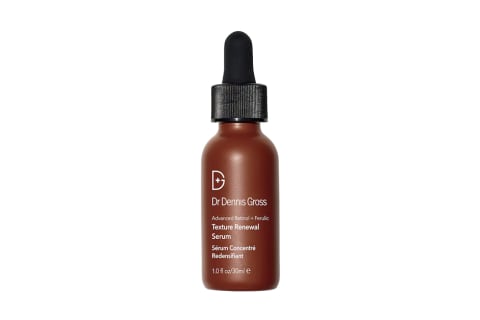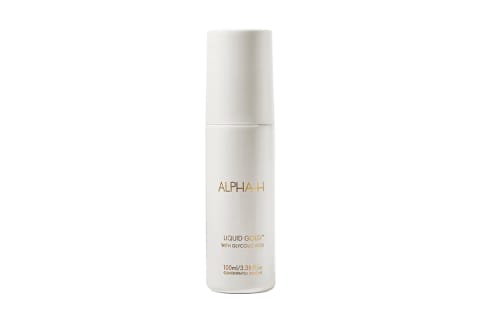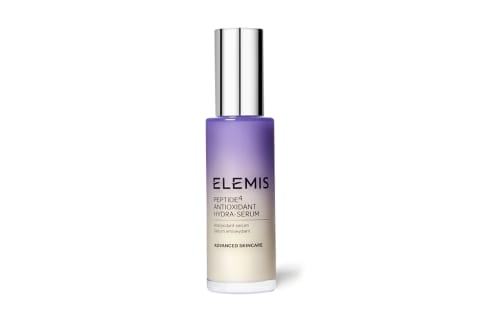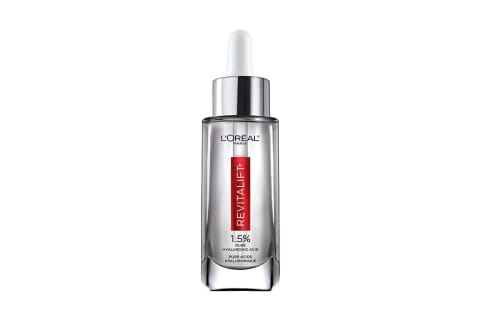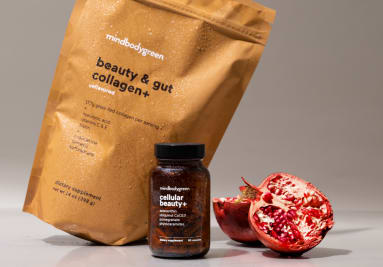And as a diligent skin care professional and devotee, I care for my skin as best I can. I want it to look luminescent and glowing now, and for many years to come. And (stay with me on this one) using skin-enhancing products and embracing how your skin ages aren’t competing concepts. You can appreciate the beautiful signs of maturing skin—and at the same time, use topicals that keep your complexion plump, firm, and lively. It’s a big topic, so much so that an entire article could be written about it. Luckily, we already did that: Read up in our guide to the types of wrinkles. Wrinkles can actually be classified in two different ways: How they formed and where they appear. Let’s quickly outline both: The best advice I can give you to help you on your journey is to find a skin care professional you trust who can guide you in your decisions. And ultimately, you are the person living in your skin, and there’s little more powerful than self-knowledge. It’s also very important to get to know your skin—what it reacts positively to and what it doesn’t—so you’ll be better equipped to nurture your complexion for many happy years. However, we’d be remiss not to note that this is the decade your collagen starts to naturally decline, at a rate of about 1% a year1. (However, the exact age that this process starts is different for everyone; genetics and lifestyle factors play a large role in this. “Our bodies always balance collagen production and degradation,” explains board-certified dermatologist Gary Goldenberg, M.D. “When we are young, our bodies produce more collagen than we break down. That balance tips the wrong way with age since tissue regeneration decreases.” It’s important to note that everyone’s skin wrinkles and folds when moving the face—no matter the age. These are referred to as dynamic lines. “Examples include the frown lines (often referred to as the 11s) between the brows, forehead wrinkles, crow’s feet, lip lines (when you drink from a straw or purse your lips), and smile lines on the mid-cheek,” says board-certified dermatologist Cynthia Bailey, M.D., founder of Dr. Bailey Skin Care. “Over time, these lines will deepen and etch into the skin, similar to the way folding paper will leave a crease.” And what we see in the 30s is that these lines slowly start to take a more permanent position, due to the collagen and elastin decline. Additionally, these are exacerbated by any less-than-stellar lifestyle habits we may have had in our younger years such as sunbathing and lack of sleep. That’s why many professionals consider the 30s a critical time in skin care: If you haven’t adopted a smart, healthy aging routine, the time is now. For most, that means moving beyond just hydrating lotions and adding in target actives. “Hydrating the skin can reduce the visibility of wrinkles temporarily, but it isn’t a solution,” Youn says. “Make sure to [consider options like] a retinoid, vitamin C, and exfoliation for real skin rejuvenation.” Because of these changes, you’ll likely see the formation of static wrinkles. Remember those dynamic wrinkles that slowly start to deepen in your 30s? Well by your 40s, they’ll become static wrinkles. This means that they are present even without moving your face. However, the areas in which you develop these will be largely influenced by your face shape, talking patterns, and genetics. For example, some people are more prone to “the 11s” because they furrow their brow, while others develop “marionette lines” because they often hold tension in the lower half of their faces. Knowing these decline more rapidly at this stage of life, we can better understand the changes that we might experience in our skin. Half the battle is anticipating and understanding what’s happening in our bodies, then we can make informed decisions to care for it more thoughtfully. Sagging, especially in the lower half of the face, is common due to loss of firmness. Increased dryness and reduced moisture retention happen from the drop in hyaluronic acid and squalane. (Dryness can then worsen the appearance of fine lines.) Increased sensitivities come from ceramide reduction, as ceramides play an important role in your skin barrier function.
Skincare Advanced Retinol Ferulic Texture Renewal Serum
Liquid Gold Exfoliating Treatment with Glycolic Acid Collagen peptides are a fantastic place to start for adults at any stage of their journey. Collagen supplements can help promote your body’s natural production by supporting the cells’ fibroblasts; studies show that when taken regularly, people may see a reduction in fine lines and improved hydration7.* (Check out our favorite collagen supplements here.) Finally, look for nutrients that can support moisture retention and skin hydration, such as phytoceramides, hyaluronic acid, and omega-3 fatty acids.* Want more information on supplements? Check out our guides to healthy aging supplements and beauty supplements.



